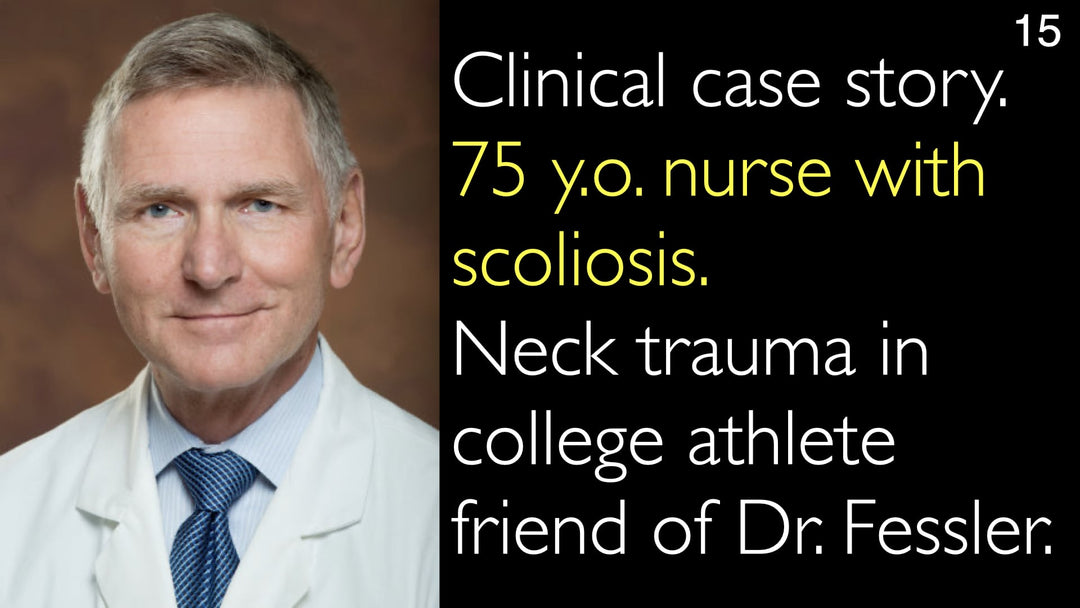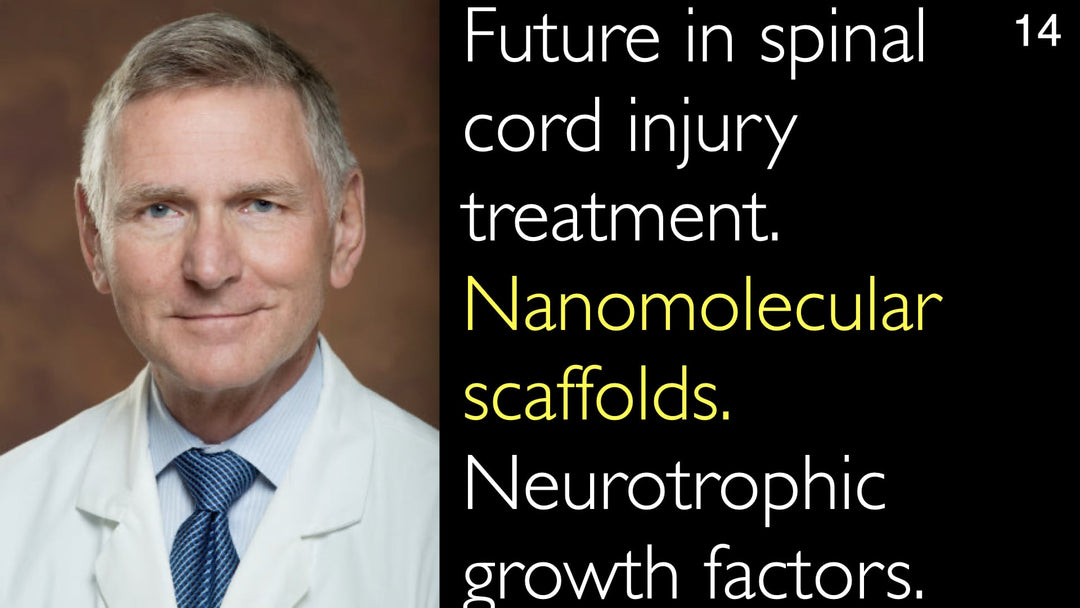Leading expert in cerebrovascular and brain tumor neurosurgery, Dr. Mika Niemela, MD, explains the comprehensive work of Helsinki University Hospital's Neurosurgery Department. He details the high-volume treatment of 3,500 patients annually. The department is a global hub for complex procedures like awake brain surgery and minimally invasive spine operations. Dr. Niemela, MD, highlights a world-renowned annual microneurosurgery course that attracts international participants.
Advanced Neurosurgical Treatments for Brain and Spine Conditions
Jump To Section
- Helsinki Neurosurgery Department Overview
- Cerebrovascular Disease Treatment
- Brain Tumor Surgery Techniques
- Minimally Invasive Spine Surgery
- International Education and Collaboration
- Full Transcript
Helsinki Neurosurgery Department Overview
Dr. Mika Niemela, MD, leads one of the most active neurosurgery departments in Western Europe. The Helsinki University Hospital Neurosurgery Department was established in 1932. It employs a large team of 25 doctors, including 18 neurosurgeons and 7 residents.
The department performs a high volume of surgical procedures. They treat 3,500 patients per year using both surgical and endovascular techniques. This scale of operation makes it a major referral center for complex neurological conditions.
Cerebrovascular Disease Treatment
Dr. Mika Niemela, MD, confirms the department's long-standing expertise in cerebrovascular diseases. This includes conditions like aneurysms and arteriovenous malformations (AVMs). The team employs the most modern endovascular techniques for treatment.
This approach often allows for less invasive interventions. The department's clinical work is supported by active and renowned research in the cerebrovascular field. This dual focus ensures patients receive care based on the latest evidence.
Brain Tumor Surgery Techniques
The neurosurgery department treats a wide spectrum of brain tumors. Dr. Mika Niemela, MD, explains they operate on both malignant and benign tumors. Their dedicated teams handle both adult and pediatric patient groups.
For complex cases, they perform awake brain surgery. This technique is crucial for removing intrinsic tumors located in eloquent brain areas. The department is also highly skilled in operating on skull base and posterior fossa tumors. Cases are managed by dedicated teams of 2 to 5 specialized neurosurgeons.
Minimally Invasive Spine Surgery
Spine problems account for one-third of the department's patient caseload. Dr. Mika Niemela, MD, emphasizes their focus on minimally invasive techniques. These procedures aim to reduce recovery time and improve patient outcomes.
They perform endoscopic lumbar spine disc surgery. This advanced technique requires an incision of only one centimeter. The department's commitment to microneurosurgery extends to all spine operations, ensuring precision and minimal tissue disruption.
International Education and Collaboration
The Helsinki Neurosurgery Department is a global destination for education. Dr. Anton Titov, MD, notes its reputation for international collaboration. Over the last 20 years, the department has hosted approximately 3,000 visitors from around the world.
Dr. Mika Niemela, MD, runs a premier annual microneurosurgery course. Now in its 18th year, the course features famous international neurosurgeons operating on difficult cases live. It attracts 60 to 90 participants each year, solidifying its status as a unique and top-tier educational event in the neurosurgery world.
Full Transcript
Dr. Anton Titov, MD: Dr. Mika Niemelä, Head of Helsinki University Hospital Neurosurgery Department, you discuss expanding international work in brain and spine neurosurgical treatments. You run one of the largest and most active neurosurgery departments in the entire Western Europe. Could you please discuss your department of neurosurgery? Please discuss your neurosurgical treatments for cerebrovascular diseases and brain tumors.
Dr. Mika Niemela, MD: Helsinki neurosurgery was established in 1932. It's very active; we have 25 doctors here: 18 neurosurgeons and 7 residents. We treat surgically or endovascularly all together 3,500 patients per year.
We have many visitors. Over the last 20 years, we have had about 3,000 visitors from all over the world who saw what we were doing. We are very happy to collaborate.
We have international connections both to neurosurgeons, researchers, and patients from all over the world. We enjoy our visitors and our international collaboration a lot.
Dr. Anton Titov, MD: Your neurosurgery patients come not only from Finland but literally from all over Europe and Asia, for example.
Dr. Mika Niemela, MD: Yes, my patients have come from between Toronto and Addis Ababa. Patients come from everywhere.
Dr. Anton Titov, MD: Your work also focuses both on cerebrovascular diseases and brain tumor treatment.
Dr. Mika Niemela, MD: Yes, both. We have been known for a long time for our cerebrovascular research and also for our clinical work in neurosurgery. We also treat patients endovascularly with the most modern techniques.
We have had a lot of active research on brain tumors. We treat both malignant and benign brain tumors. We treat brain tumor patients at our department very actively.
Dr. Anton Titov, MD: You treat both adult and pediatric patients with brain tumors.
Dr. Mika Niemela, MD: We have a dedicated team for each patient group, both adults and children. That includes the pediatric patients. We treat different kinds of tumors.
We treat intrinsic brain tumors in eloquent areas. We do awake surgeries. These complicated operations are done by some neurosurgeons. We perform skull base benign tumors. We also operate on posterior fossa tumors.
We have divided these tumors into dedicated teams. There are always between 2 to 5 neurosurgeons who can handle all the cases.
Dr. Anton Titov, MD: Also, you have a dedicated team for the spine microneurosurgery.
Dr. Mika Niemela, MD: Absolutely, one-third of our patients have spine problems. So we also do minimally invasive spine surgery. We perform very short incisions.
We also do endoscopic lumbar spine disc surgery. The incision is only one centimeter long.
Dr. Anton Titov, MD: Your neurosurgery department is also very well known for its educational efforts internationally. Exactly! You run in your department a very interesting neurosurgery course every year.
Dr. Mika Niemela, MD: Yes, this year we run our course for the 18th time, in the first week of June. We dedicate this course to teaching neurosurgeons from all over the world.
We have famous neurosurgeons coming here to operate cases along with us. It is considered to be a very unique and the best live microneurosurgery course in the world.
Because it's not only us but also international neurosurgeons operate on difficult cases. There are between 60 to 90 participants taking a look at what we are doing in this neurosurgery course in Helsinki.







